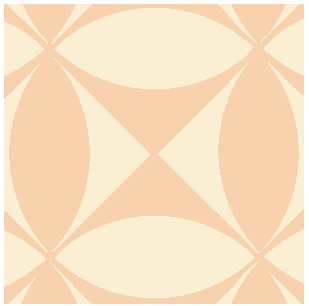|
The earliest hourglass appears in the 1338 fresco Allegory of Good Government by Ambrogio Lorenzetti. The woman holding the hourglass is Temperance. Alternatives to sand are powdered eggshell and powdered marble. Hourglasses were an early dependable, reusable and accurate measure of time. The rate of flow of the sand is independent of the depth in the upper reservoir, and the instrument will not freeze in cold weather. From the 15th century onwards, they were being used in a range of applications at sea, in the church, in industry and in cookery. During the voyage of Ferdinand Magellan around the globe, his vessels kept 18 hourglasses per ship. It was the job of a ship's page to turn the hourglasses and thus provide the times for the ship's log. Noon was the reference time for navigation, which did not depend on the glass, as the sun would be at its zenith. Because of its symmetry, graphic signs resembling an hourglass are seen in the art of cultures which never encountered such objects. Vertical pairs of triangles joined at the apex are common in Native American art; both in North America, where it can represent, for example, the body of the Thunderbird or (in more elongated form) an enemy scalp, and in South America, where it is believed to represent a Chuncho jungle dweller. In Zulu textiles they symbolise a married man, as opposed to a pair of triangles joined at the base, which symbolise a married woman. Neolithic examples can be seen among Spanish cave paintings. Observers have even given the name 'hourglass motif' to shapes which have more complex symmetry, such as a repeating circle and cross pattern from the Solomon Islands:
Hourglass also refers to a body shape of women. In this shape bust and hip are significantly large with narrow waist resembling the shape of an hourglass. A common measurement of shape is 36 24 36. The three sizes are the circumferences of bust, waist and hips; usually rendered as three sizes: xx-yy-zz in centimeters or inches. In many demographics in the western world, the ideal sizes for a woman are said to be 36-24-36 ('90-60-90' - the exact conversion in cm would be 91-61-91 cm). (Source Wikipedia) |

